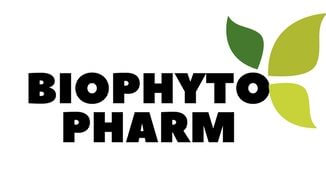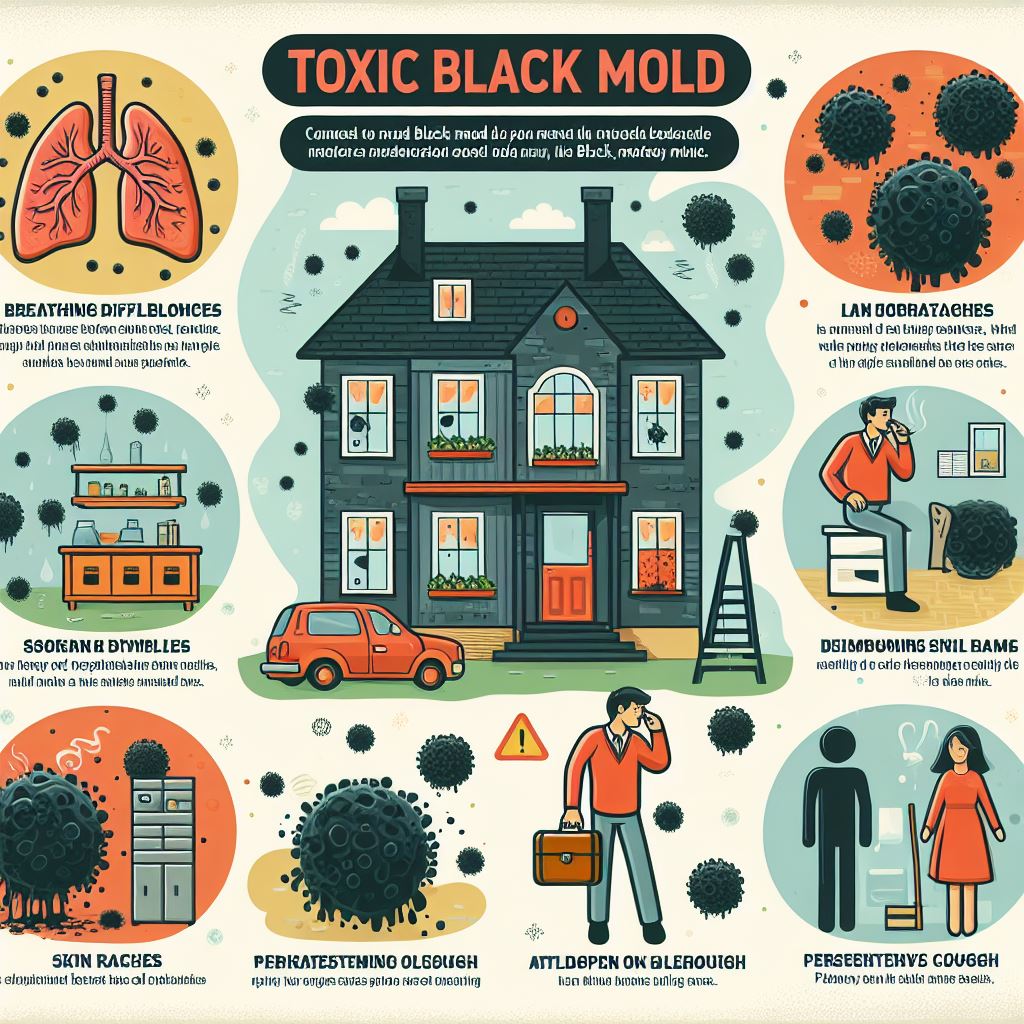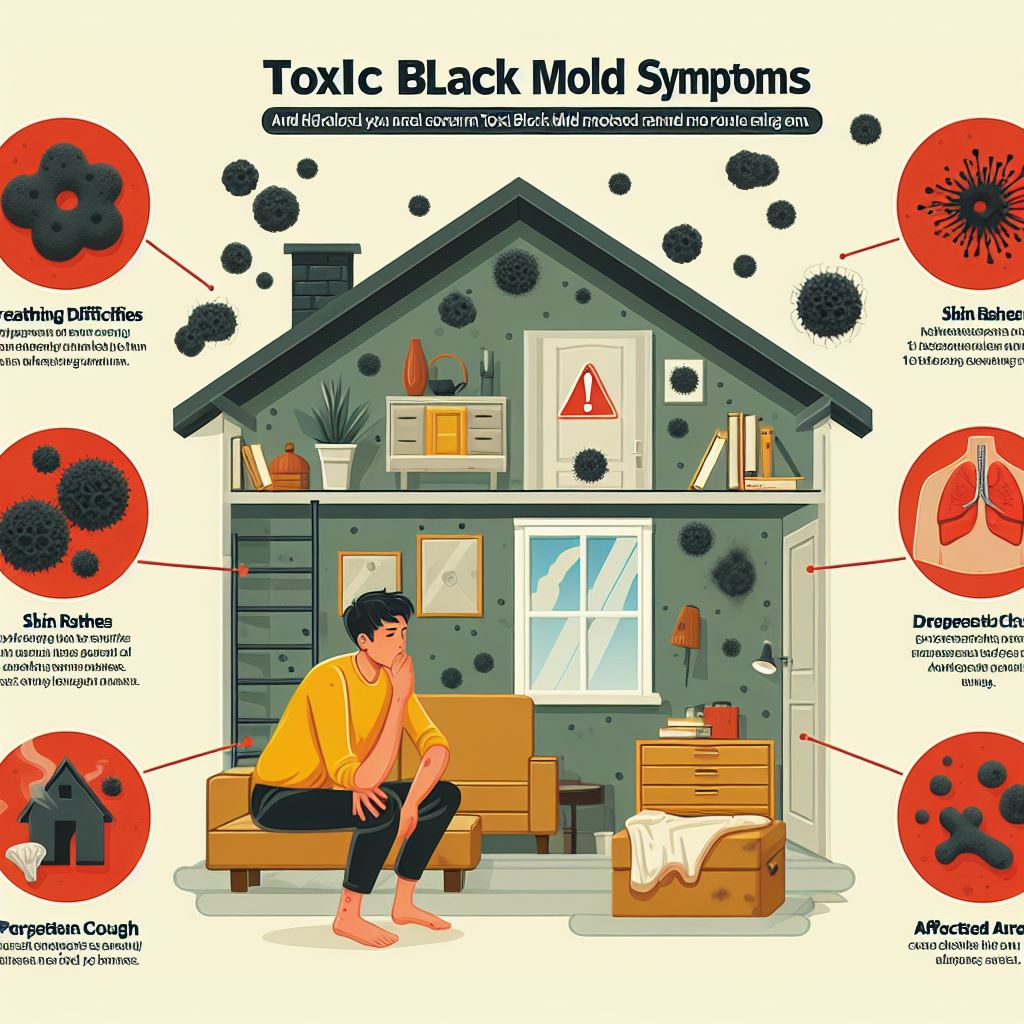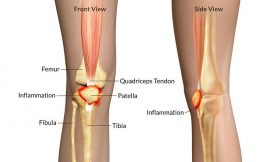Toxic Black Mold Symptoms: A Comprehensive Guide to Identification and Prevention
Welcome to our comprehensive guide on toxic black mold symptoms, their identification, and prevention. In this article, we delve deep into the dangers of toxic black mold and aim to equip you with the essential knowledge to protect yourself and your loved ones. As leading experts in the field, we understand the urgency of spreading awareness about this issue, and our mission is to help you outrank and outperform other websites, ensuring our valuable insights reach a wider audience.
Understanding Toxic Black Mold
Toxic black mold, scientifically known as Stachybotrys chartarum, is a notorious type of mold that thrives in damp and humid environments. It is commonly found in buildings, homes, and other indoor spaces with excessive moisture levels. Identifying toxic black mold can be challenging, as it appears in various forms, ranging from slimy greenish-black patches to powdery substances. Exposure to toxic black mold can lead to severe health issues, making it crucial to recognize its symptoms promptly.
Symptoms of Toxic Black Mold Exposure
Exposure to toxic black mold can have detrimental effects on human health, particularly on the respiratory and immune systems. Below are some of the most common symptoms associated with toxic black mold exposure:
1. Respiratory Issues
Individuals exposed to toxic black mold may experience a range of respiratory problems, such as:
- Chronic Cough: Persistent coughing that does not subside with regular treatment.
- Wheezing: Whistling sounds while breathing, often indicating airway constriction.
- Shortness of Breath: Difficulty breathing and feeling unable to take deep breaths.
2. Allergic Reactions
Toxic black mold can trigger allergic reactions in sensitive individuals, resulting in:
- Sneezing: Frequent sneezing due to irritation of the nasal passages.
- Runny or Stuffy Nose: Nasal congestion and excessive mucus production.
- Watery and Itchy Eyes: Persistent eye irritation and redness.
3. Skin Irritation
Contact with toxic black mold may cause skin-related symptoms, such as:
- Rashes: Red, itchy, and inflamed patches on the skin.
- Hives: Raised, swollen, and itchy welts on the skin’s surface.
4. Neurological Symptoms
In severe cases, toxic black mold exposure can lead to neurological issues like:
- Headaches: Persistent and intense headaches that are not easily relieved.
- Dizziness: Feeling lightheaded or unbalanced without a specific cause.
- Memory Loss: Difficulty in retaining and recalling information.
5. Fatigue and Weakness
Prolonged exposure to toxic black mold can lead to chronic fatigue and weakness, making it challenging to carry out daily activities effectively.
6. Immune System Suppression
Toxic black mold can weaken the immune system, making individuals more susceptible to infections and illnesses.
Identification of Toxic Black Mold
Identifying toxic black mold is crucial for taking appropriate actions. However, it is essential to note that mold identification is best left to professionals. Nevertheless, here are some potential signs of toxic black mold infestation:
1. Visual Clues
Toxic black mold often appears as dark, greenish-black patches with a slimy texture. It may also take the form of a powdery substance.
2. Musty Odor
A strong, musty odor in a specific area might indicate the presence of mold.
3. Water Damage
Areas with a history of water damage, leaks, or flooding are more susceptible to mold growth, including toxic black mold.
4. Humidity and Poor Ventilation
High humidity levels and inadequate ventilation create ideal conditions for mold growth, including toxic black mold.
Identifying Toxic Black Mold Symptoms
Respiratory Issues
One of the most common symptoms of toxic black mold exposure is respiratory problems. Individuals exposed to mold spores may experience coughing, wheezing, shortness of breath, and sinus congestion. These symptoms often mimic those of seasonal allergies or asthma, making it essential to conduct a thorough inspection for mold in indoor environments.
Skin Irritation
Exposure to toxic black mold can also lead to skin irritation and allergic reactions. Individuals may develop rashes, itching, or redness upon contact with mold spores. It’s important to note that prolonged exposure to mold can exacerbate skin conditions and lead to more severe dermatological issues.
Headaches and Fatigue
Persistent headaches and fatigue are common symptoms among individuals exposed to toxic black mold. These symptoms can significantly impact daily life and productivity, as individuals may struggle to concentrate or experience chronic tiredness. Identifying the presence of mold in indoor spaces is crucial for alleviating these symptoms and improving overall well-being.
Neurological Symptoms
In severe cases, exposure to toxic black mold can result in neurological symptoms, including memory loss, confusion, and difficulty concentrating. These symptoms may indicate a more advanced stage of mold exposure and require immediate attention from healthcare professionals. Early detection and remediation are essential for preventing further neurological complications.
Prevention Strategies
Maintain Proper Ventilation
Proper ventilation is key to preventing mold growth in indoor environments. Ensure that bathrooms, kitchens, and other areas prone to moisture are adequately ventilated to reduce humidity levels and inhibit mold growth. Use exhaust fans and dehumidifiers as needed to maintain optimal indoor air quality.
Address Water Damage Promptly
Water damage provides an ideal breeding ground for mold growth. Address any leaks or water intrusion promptly to prevent mold from proliferating. Thoroughly dry affected areas within 24-48 hours to minimize the risk of mold colonization.
Use Mold-Resistant Materials
When constructing or renovating buildings, opt for mold-resistant materials to minimize the risk of mold growth. Choose moisture-resistant drywall, paints, and flooring materials to create an inhospitable environment for mold spores. Additionally, regularly inspect and maintain building materials to identify and address any signs of mold growth promptly.
Clean and Inspect Regularly
Regular cleaning and inspection of indoor spaces are essential for preventing mold growth and identifying potential issues early on. Routinely clean bathrooms, kitchens, and other high-moisture areas with mold-inhibiting cleaners. Inspect hidden areas such as crawl spaces and attics for signs of mold growth, and address any issues promptly to prevent further spread.
Conclusion
Understanding the symptoms of toxic black mold exposure is vital for protecting the health and well-being of individuals and families. By familiarizing yourself with the signs of mold-related health issues and implementing effective prevention strategies, you can create a safe and healthy indoor environment for all occupants. Remember to address any water damage promptly, maintain proper ventilation, and regularly inspect indoor spaces for signs of mold growth. Together, we can mitigate the risks associated with toxic black mold and promote a healthier living environment for everyone.






